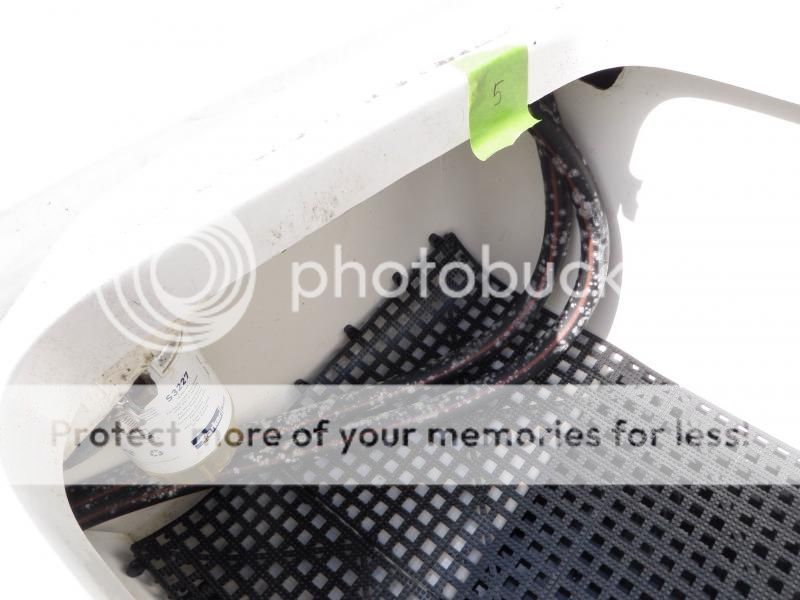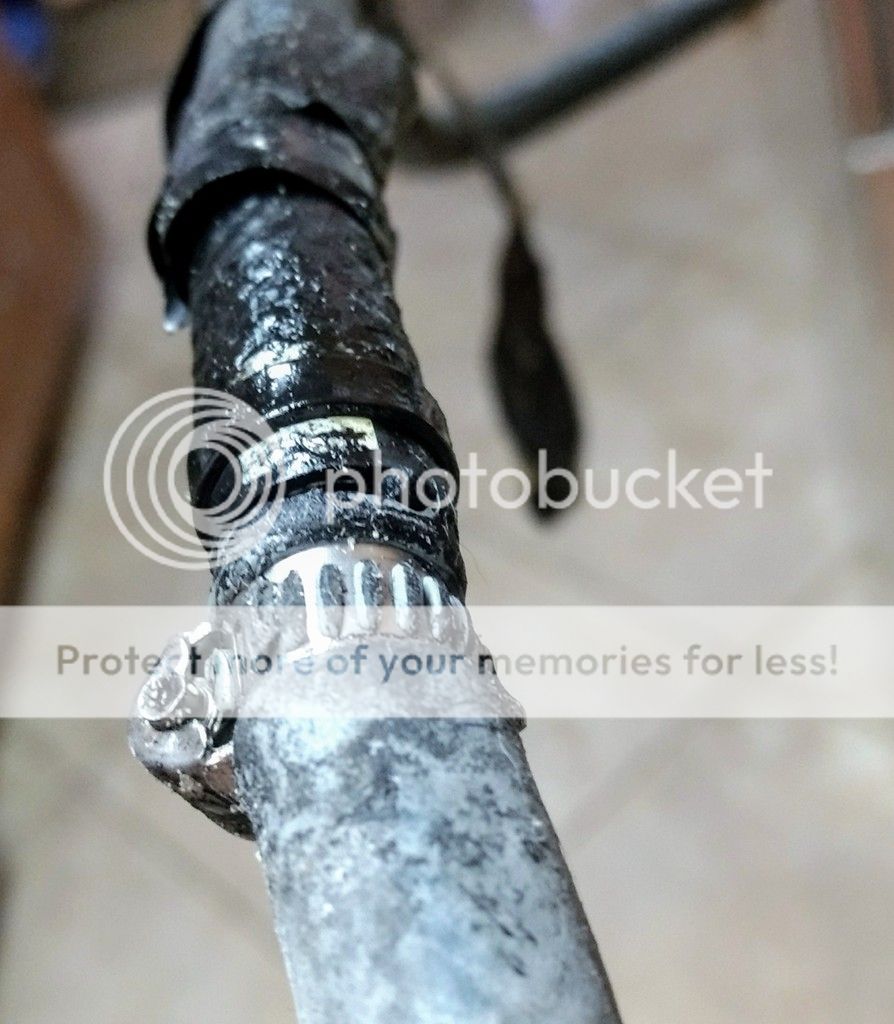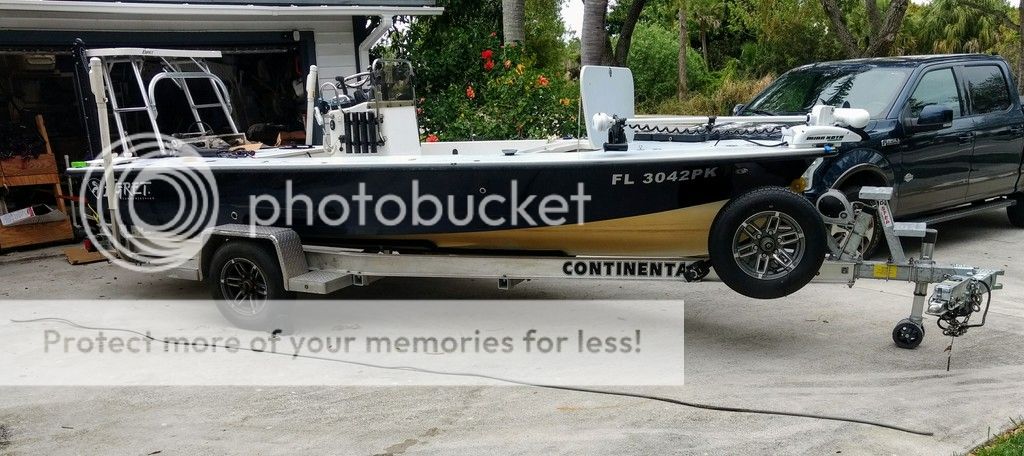mbowers
Well-Known Member
Sounds like an air leak as discussed. Water in the fuel is not good and saltwater is terrible. I blame bad vent placement for two damaged motors of mine. The vented caps are terrible. A proper vent line should go up vertically and then have 2 full vertical loops in it before it goes down to the tank. Any water that does get past the upward run gets trapped in the loops and should evaporate without getting to tank.
My redesigned vent with double loop system.

The soft B1 fuel lines should use radial head tie wraps not the cheap flat ones. Even the good SS clamps easily cut those B1 hoses. Clamps on A1 hose should be solid ABA or AWAB clamps and not cut into line like below

Should replace fuel lines every 5 years and it should be easy to do as just attach to old line and pull new one through. You might find way too much line and the wrong grade was used like on my new boat. 21ft of B1 hose under deck for 12ft run on an 18ft boat! I replaced with 14ft of A1 as is safe for fire resistance below deck.

Shouldn't really use tape on threads as any little bits that come off can pass filter and clog injectors. Paste sealants are better. https://www.jamestowndistributors.c...to+Properly+seal+Fuel+Fittings+and+Fuel+Lines
Please post pics of various components so we can help you get everything right. Most boat builders build crap because they can get away with it and most mechanics make it worse. Not all, just most!
Not all, just most!
My redesigned vent with double loop system.

The soft B1 fuel lines should use radial head tie wraps not the cheap flat ones. Even the good SS clamps easily cut those B1 hoses. Clamps on A1 hose should be solid ABA or AWAB clamps and not cut into line like below

Should replace fuel lines every 5 years and it should be easy to do as just attach to old line and pull new one through. You might find way too much line and the wrong grade was used like on my new boat. 21ft of B1 hose under deck for 12ft run on an 18ft boat! I replaced with 14ft of A1 as is safe for fire resistance below deck.

Shouldn't really use tape on threads as any little bits that come off can pass filter and clog injectors. Paste sealants are better. https://www.jamestowndistributors.c...to+Properly+seal+Fuel+Fittings+and+Fuel+Lines
Please post pics of various components so we can help you get everything right. Most boat builders build crap because they can get away with it and most mechanics make it worse.

